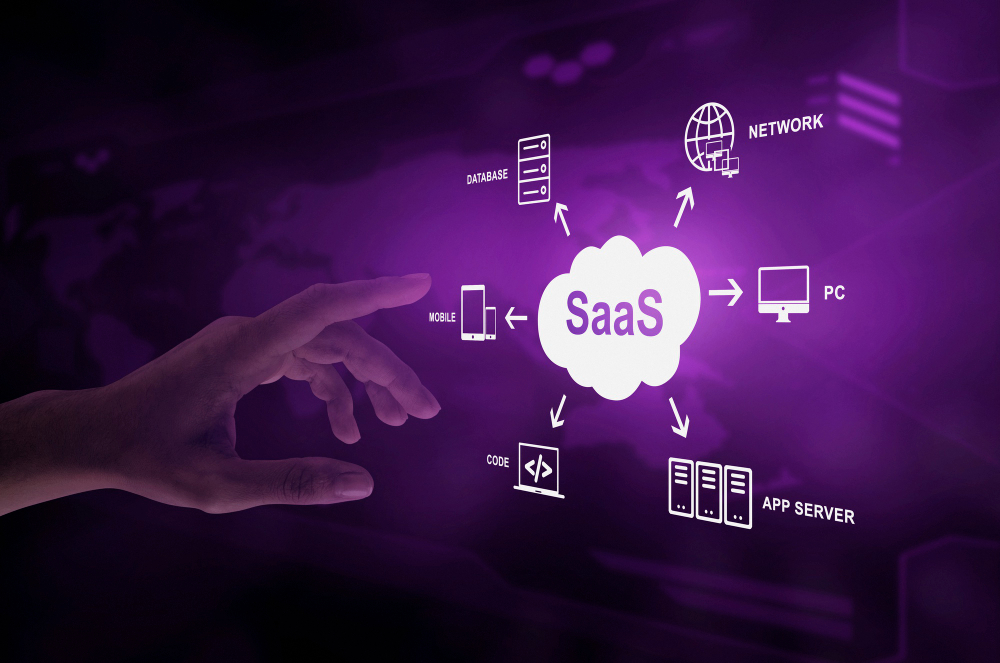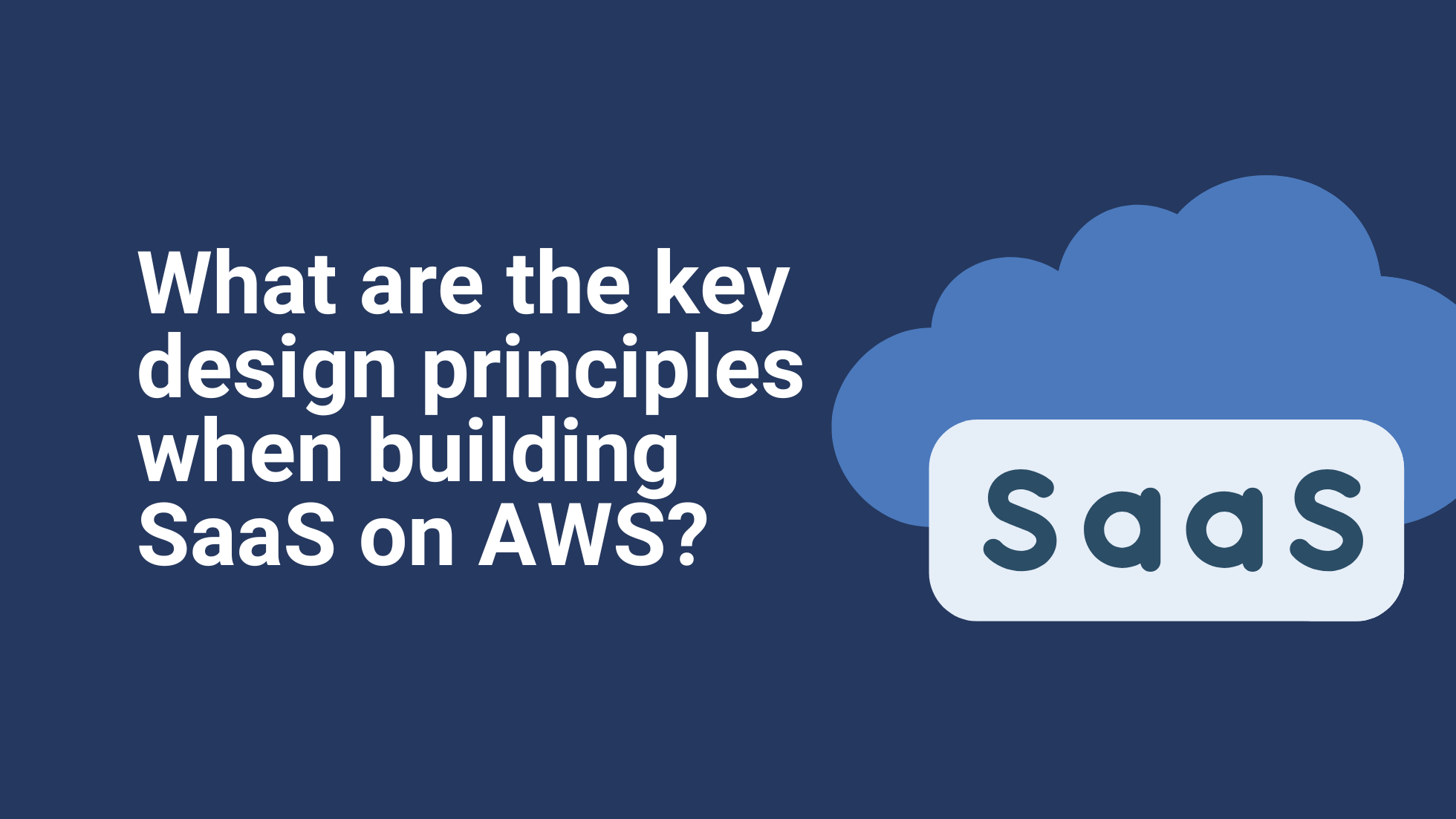SaaS Best Practices on AWS
Software-as-a-Service (SaaS) is a software delivery model where organizations offer their solution in a service-centric approach over the internet. Businesses can free themselves from complex, on-premises software and hardware management with a simpler cost structure through operational costs rather than upfront capital expenses.
At Ibexlabs, we architect, build and run SaaS platforms for our customers. Some of the best practices we use for building a Software-as-a-Service (SaaS) application on Amazon Web Services (AWS) are:
Isolate access to resources with AWS IAM
AWS Identity and Access Management (IAM) provides fine-grained access control to every resource in AWS. We leverage IAM to restrict access to resources and one of the ways to ensure the isolation of tenant data.
Workload elasticity and scalability
We utilize auto-scaling groups and Elastic Load Balancing to ensure that applications have the necessary computing resources during periods of increased demand. This elasticity allows for seamless scalability as your user base grows.
Continuous cost-optimization
At Ibexlabs, we support SaaS customers by constantly monitoring and optimizing their architecture for cost and performance. We leverage services such as Amazon CloudWatch and AWS Config to monitor resources and applications. By establishing alerts and utilizing application monitoring tools like AWS X-Ray and AWS QuickSight, we help optimize costs without compromising performance.
Protect the network and secure data
Security is a top priority for SaaS solutions. We employ services like AWS WAF and Shield to monitor and filter traffic, mitigating DDoS attacks. Additionally, we ensure that applications and customer data are encrypted at every layer, both in transit and at rest, using AWS Key Management Service (KMS).
Disaster recovery
Implement robust disaster recovery and backup strategies by setting up replication across multiple availability zones. This ensures high availability and business continuity in the event of failures or outages.
Use DevOps CI/CD for deployments
To minimize downtime and enable a smooth multi-environment setup, we leverage DevOps practices such as Continuous Integration/Continuous Deployment (CI/CD). AWS developer tools like AWS CodeCommit and AWS CodePipeline aid in source code management, automated builds, and continuous release of new features and bug fixes.
Conclusion
Deploying and operating SaaS solutions on AWS requires careful consideration of various factors to ensure the solution’s scalability, security, and reliability.
Best practices for SaaS solutions on AWS include using the AWS Well-Architected Framework, implementing proper security measures such as encryption and access control, automating deployment and scaling processes, and regularly monitoring and testing the solution.
Additionally, it is important to keep up-to-date with the latest AWS offerings and services that can improve the efficiency and cost-effectiveness of your SaaS solution. By following these best practices, we can ensure the success of your SaaS solution on AWS.
More resources
- Build a Multi-Tenant SaaS Application for AWS
- Read about Architecting SaaS on AWS
- Read: Breaking Down Language Barriers to SaaS on AWS
- Get a Well-Architected Review for SaaS from Ibexlabs
- Read about Optimizing DevOps and the AWS Well-Architected Framework
- Read How to Build a Well-Architected AWS Cloud Environment









